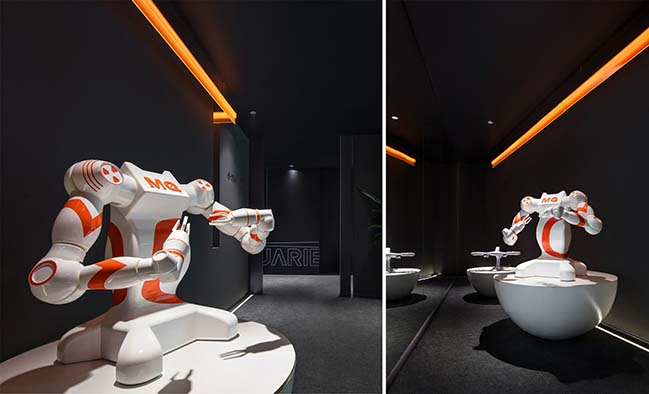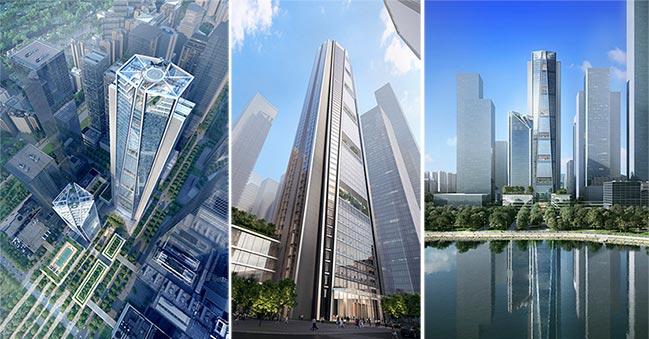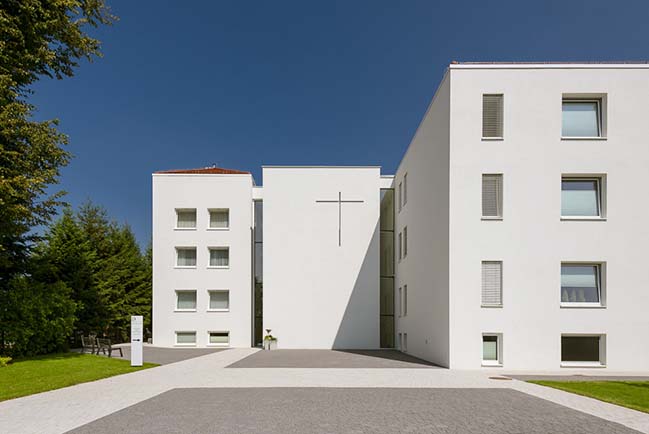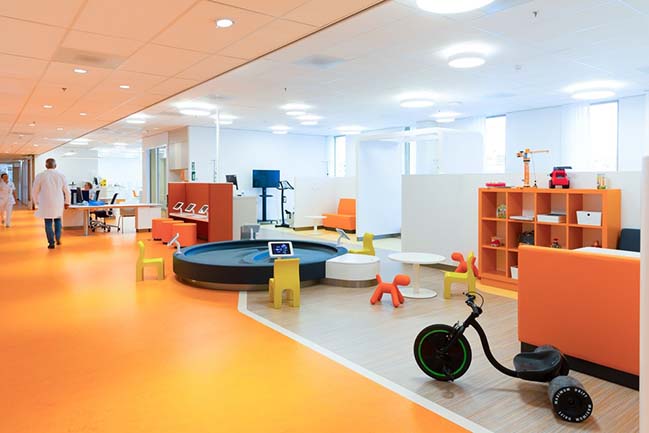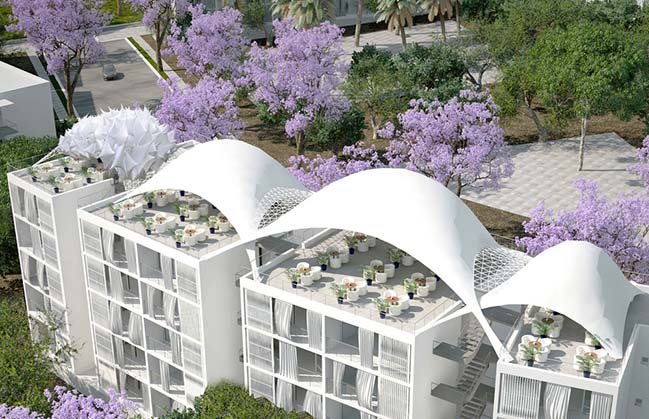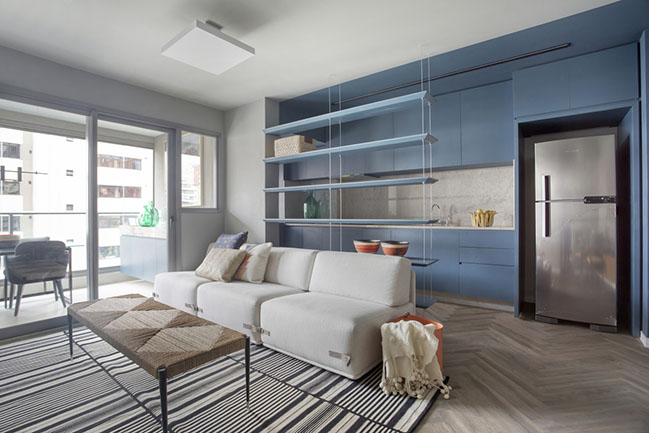01 / 05
2019
Latitude Architectural Group has been invited to design a walkpath in the city of Badong, south of China, in one of the branches of the Yangtze River.

Architect: Latitude Architectural Group + Wald Architects
Client: Municipality of Badong
Location: Badong, China
Year: 2018 - 2019
Area: 5 km
Images courtesy of: Latitude Architectural Group
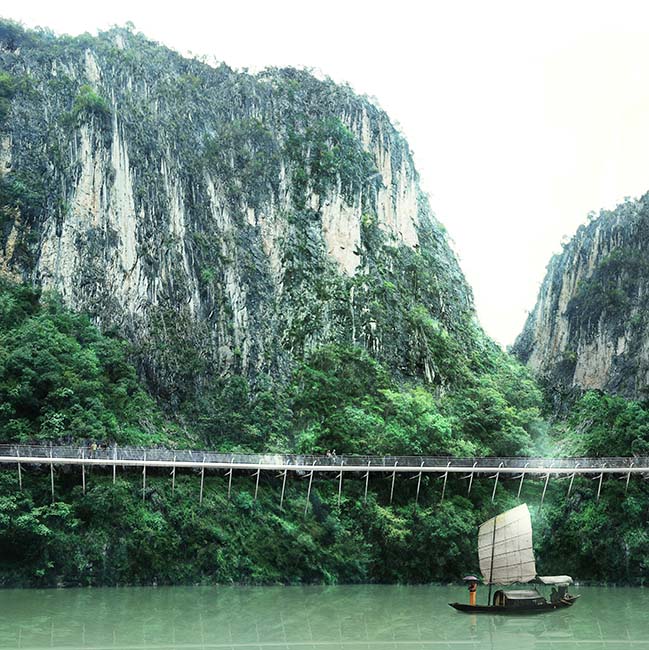
From the architect: The Yangtze River is the longest in Asia and the third longest in the world with 6,380 km. It plays an important role in the history, culture and economy of China. For thousands of years, the river was used for irrigation, sanitation, transportation and boundary delimitation. Nowadays, the Three Gorges Dam, the world's largest power station in terms of installed capacity, spans along its currents, increasing tourism in the area and thus requiring the construction of facilities to allow its enjoyment. Usually, tourist facilities are either camouflaged in the landscape or built as striking structures that destroy the view. However, is a respectful and attractive intervention possible?
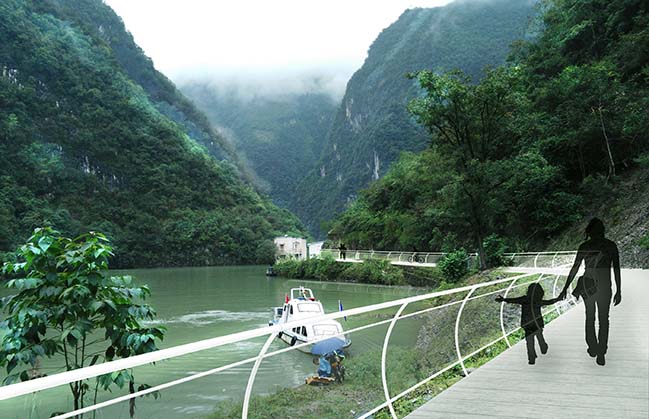
Neither a strident structure that seeks attention nor simply a structure that serves to cross paths or rivers, but a harmonious piece of design integrated with nature.
The objective is to create a path where people can walk 5 km along one of the branches of the Yangtze. The path stands 3 meters above the highest water level ever registered, varying according to three different topographical scenarios:

First scenario. When the mountain is very steep, the path is supported by a series of pillars embedded in the hillside. These pillars create a harmonious rhythm while supporting the path at the same time.
Second scenario. When the mountain has inlets and turns the path into a suspension bridge to cross the gap. A v-shaped steel structure supports the path, assisted by a series of cables installed from side to side, forming a geometrical shape that integrates with the lower structure.
Third scenario. When the path extends over ground areas with smooth slopes. This condition allows the integration of the path with piers to receive boats and visitors. These flat surfaces also allow the creation of buildings with small facilities, restaurants, hotels and leisure areas that follow the concept behind the geometry of the path and its materiality.
The result is a pedestrian path integrated with nature, rhythm, beauty and its own identity, an engineering structure that delivers a social experience with distinction, generosity and emotion.
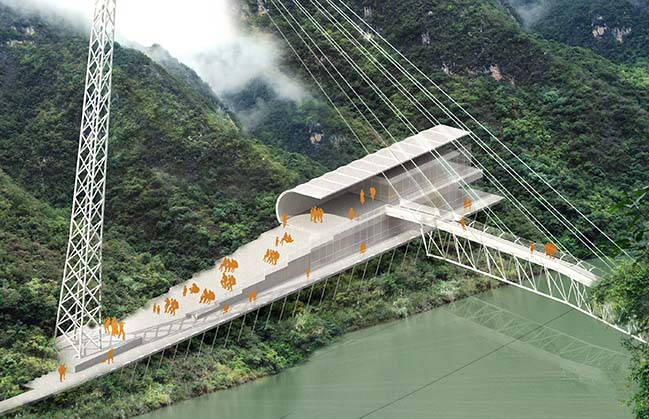
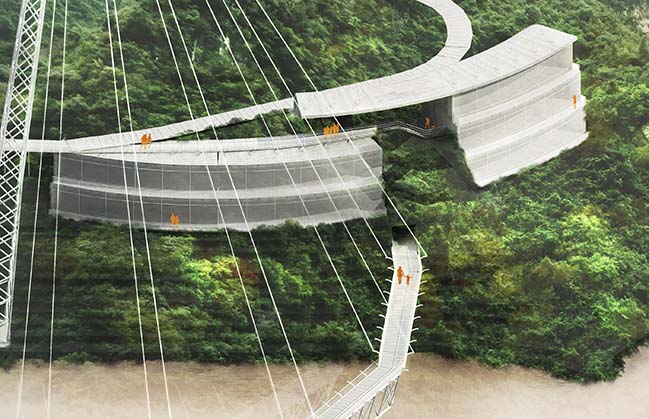
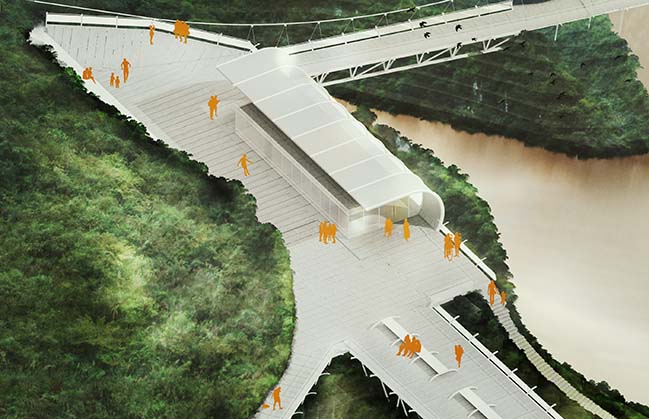
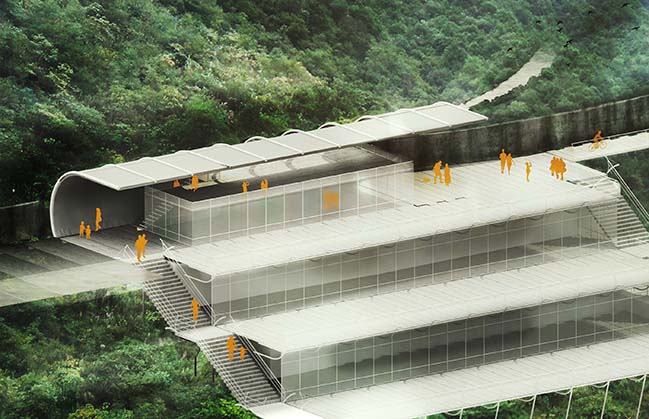
> YOU MAY ALSO LIKE: MeePark CBD in Beijing by Latitude Architectural Group
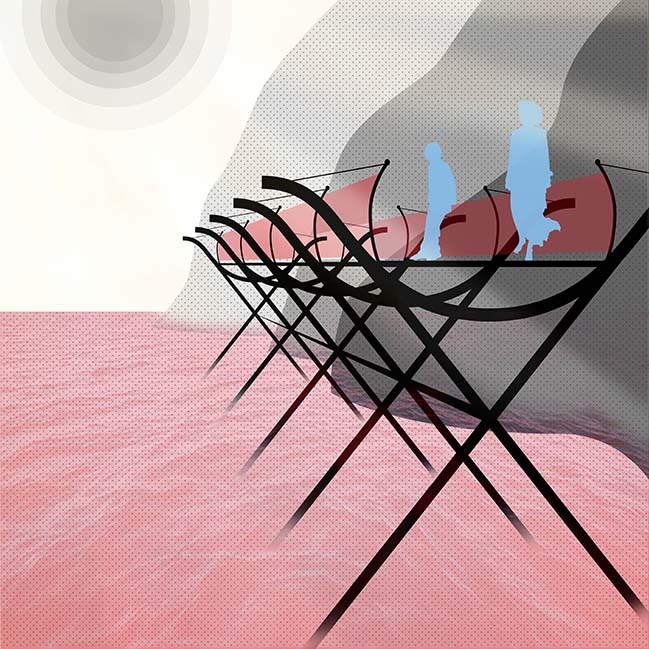
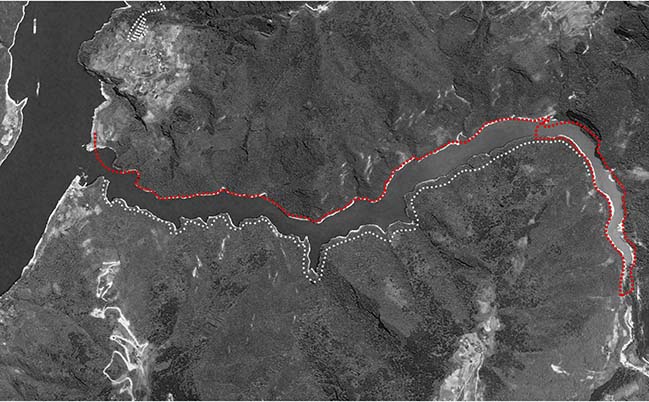
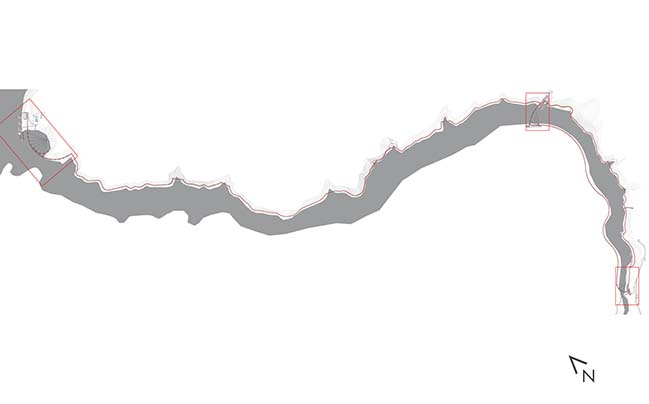
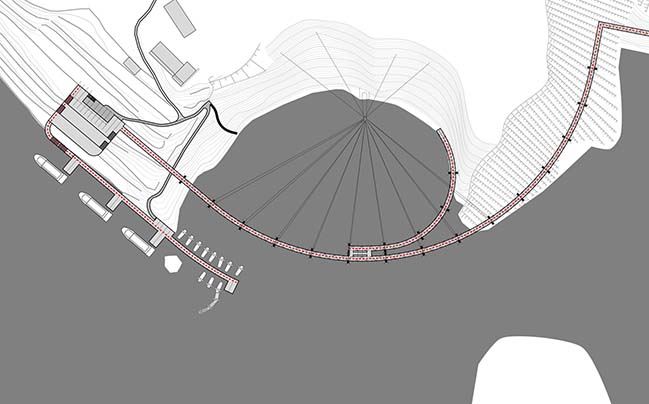

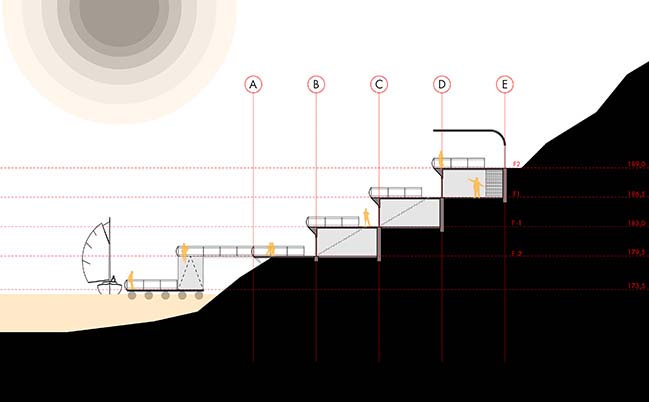
Yangtze River Path by Latitude Architectural Group
01 / 05 / 2019 Latitude Architectural Group has been invited to design a walkpath in the city of Badong, south of China, in one of the branches of the Yangtze River
You might also like:
Recommended post: Chez Vous by TN Arquitetura
